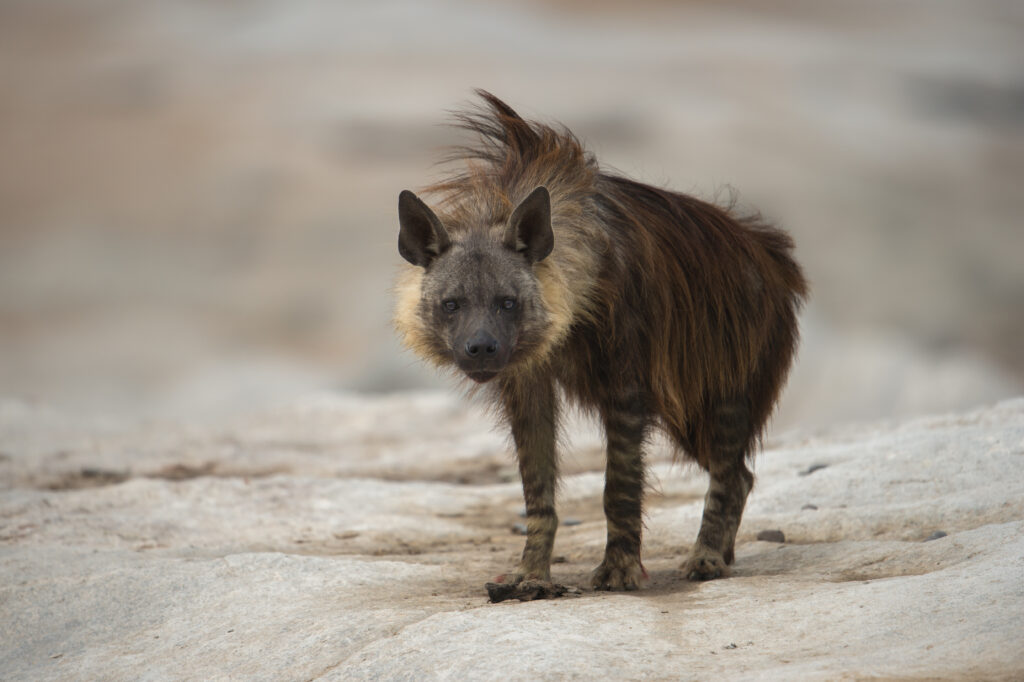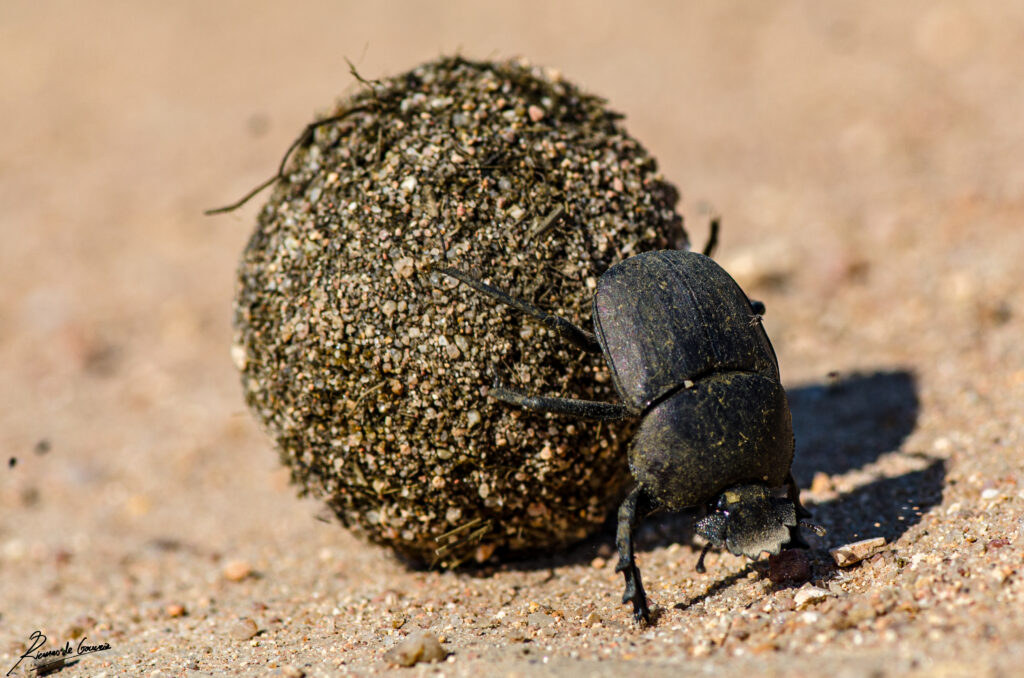What is Osteophagia
Sara • 02/21/2024
SHARE
It is the eating of bones…
The most well-known bone eater is the Hyena, with its powerful jaws it’s able to crush through bone, which is then digested in their incredibly strong stomach acids. The crushing power of their jaws comes from the huge jaw muscles, which attach to a ridge that runs along the top of the skull.
Osteophagia has been recorded in many different species of herbivores ranging from giraffe to zebra, impala to tortoise. It’s believed that they’ll chew and suck on bones fragments in order to absorb calcium and phosphorous from the fragments. This is seen even more when the animals are found in areas with phosphorous poor soils.
We once saw a herd of kudu start chewing on the bones of an old buffalo kill and you can see how methodically they move this through their mouth, chewing and using their saliva to dissolve the necessary nutrients.

There are also two other forms of ‘phagia’ that we can observe out here that are practiced by almost all the herbivores. The first would be geophagia, which is when animals will eat soil. Most of the time this soil will be eaten from areas called sodic sites. These sodic sites have accumulated salts over thousands of years of evaporation and the herbivores come here to obtain these salts as they are not prevalent in the plants they eat.
The other type of ‘phagia’ is called copraphagia, where animals will eat dung. All herbivores require bacteria in their digestive systems in order to digest the plant material they need. It is therefore necessary for babies to eat their mothers dung in order to kick-start their digestive systems before they begin to eat plant material. Tortoises have also been known to eat the scat of hyenas in order to gain access to the high calcium content that is responsible for the scat being white.

In the natural circle of life in the African bushveld, nothing goes to waste and everything has a purpose.
